
Wondering which butterflies you might spot in your garden this summer during Big Butterfly Count, the annual UK-wide survey aimed at helping us assess the health of our environment my counting the amount and type of butterflies we see?
It depends on the planting within your outdoor space – but you don’t just have to look at buddleia (also known as the butterfly bush) to spot a wealth of different species.
“July is the peak season for some butterflies. Depending on where you are, you may well see small tortoiseshell and peacock butterflies in your garden, which are among the most common species,” says Anthony McCluskey, conservation manager (Scotland) for Butterfly Conservation.
What plants are likely to attract particular butterflies?
Nasturtiums
“Gardeners can plant certain plants which will attract white butterflies to lay their eggs there, including nasturtium, honesty and sweet rocket,” he says.
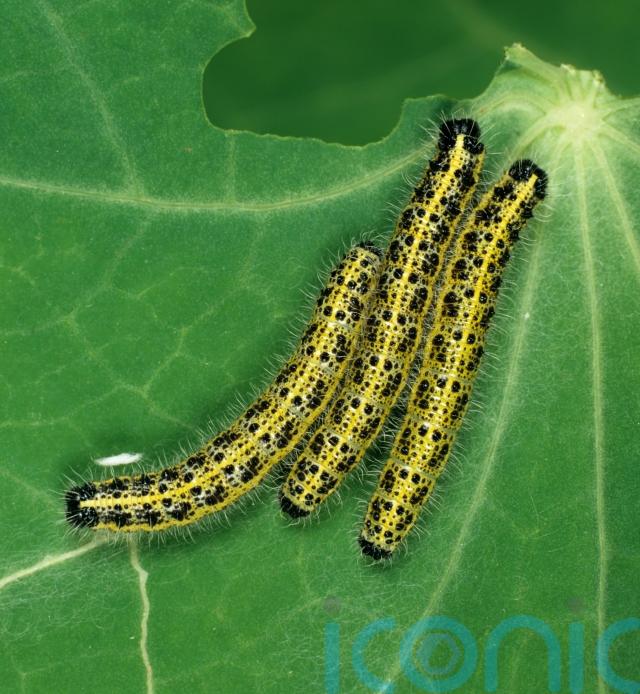
“Nasturtiums flower later in summer, so you’ll see butterflies on them. They will also be visible on other plants which flower earlier because they will be trying to lay their eggs on them.”
Large whites lay many eggs, which are orange or yellow in colour and are easy to see on leaves, while small whites lay their eggs singly, which are still visible on the upper surface of leaves.
“The caterpillars will cause some damage,” he concedes, “which is one of the ways you know caterpillars are present. Large numbers of caterpillars from the large white butterfly can strip the leaves.”
Some people plant nasturtiums near their vegetable patch to deter the caterpillars from cabbages.
Long grass
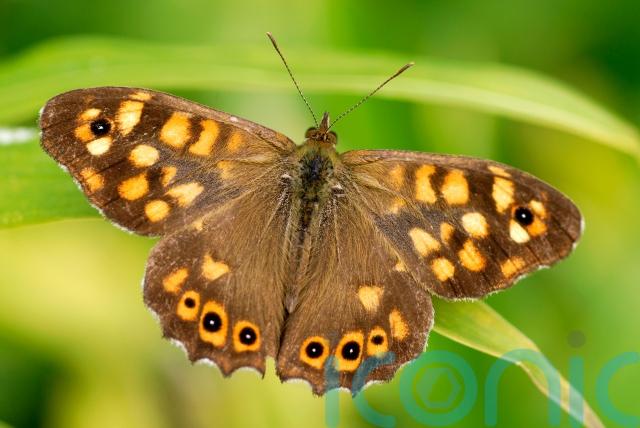
If you leave an area of long grass underneath trees or hedgerows it can attract species like the speckled wood butterfly, which is fairly common and does appear in towns and cities.
He suggests extending No Mow May to attract these brown butterflies which have creamy speckles on the wings. They need long grass to lay their eggs.
Sedum and scabious
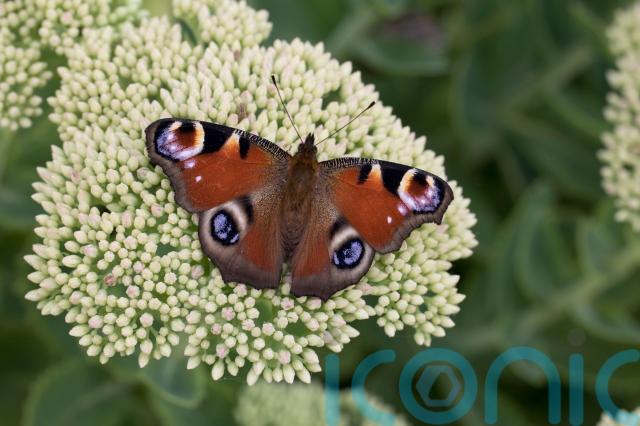
The nectar-rich flowers of sedum are very easy to grow, with bright flowers in late summer, while the pincushion flowers of scabious in pink and white flower all summer and are a magnet for butterflies.
Open-flowered dahlias
Mint
At the end of summer, mint will come into bloom and it’s a really good one for attracting most butterflies, whether in a pot or anywhere in the garden.
Holly
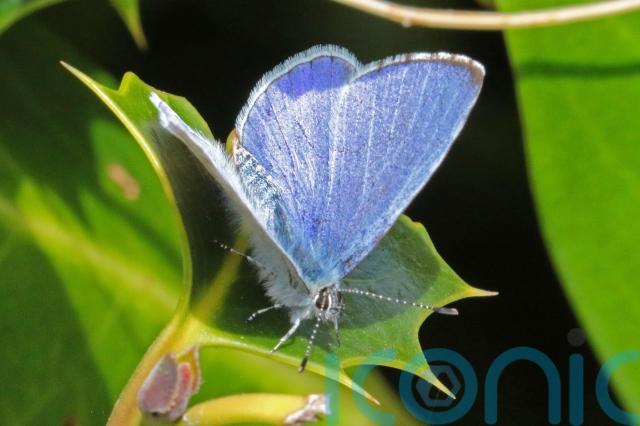
“The holly blue butterfly is a lovely blue-coloured species which people can attract to their garden by planting holly because it lays its eggs on young holly flowers in the spring, but then emerges again in summer and will lay eggs on other plants including ivy or dogwood.”
Drought-tolerant plants
Perennials
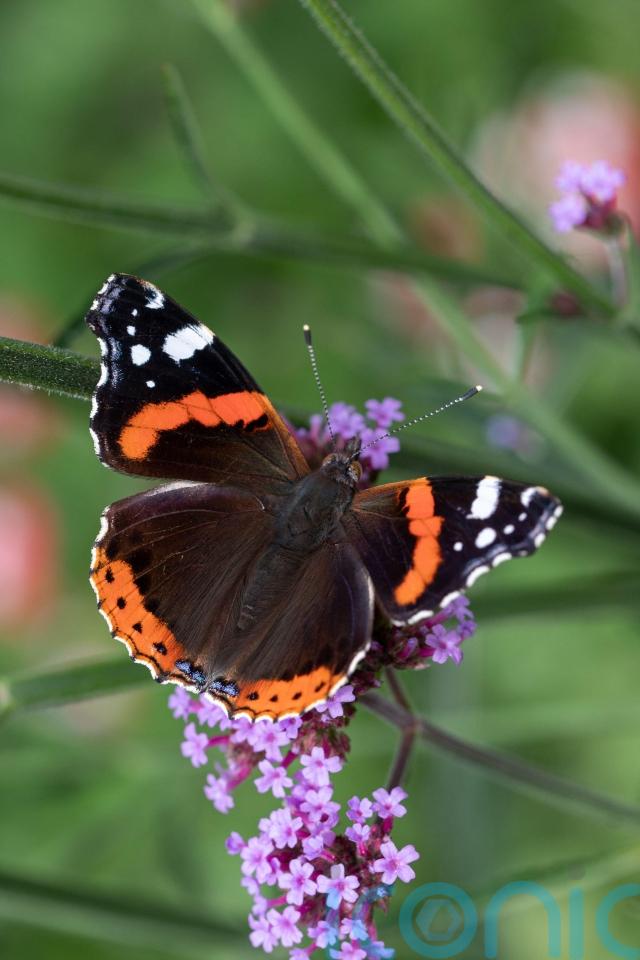
Other plants which are colourful and which you could plant in pots include short varieties of Verbena bonariensis and sea holly, which has beautiful flowers and leaf shapes. Both are perennials which will come back year after year. Purple Salvia caradonna are also a magnet for butterflies, he says. “Any salvias are attractive to butterflies and bees and can do well in pots.”
Cirsium rivulare
Buckthorn and alder
And what about the humble buddleia?
Some gardeners see the large varieties of buddleia as wayward thugs, and Butterfly Conservation acknowledges that while it is among the best plants to grow for butterflies and moths, it must be managed to prevent it from spreading across sensitive natural habitats.
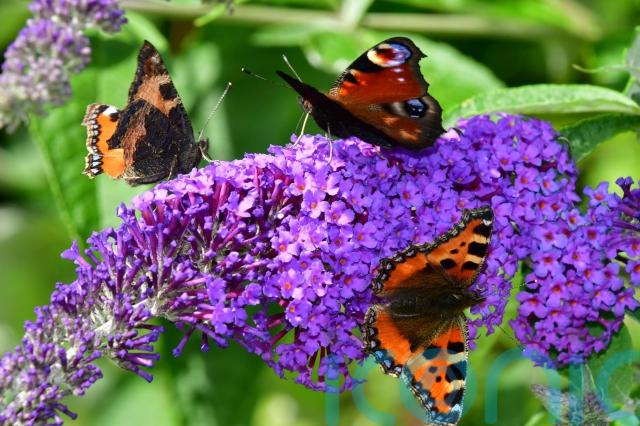
Care should be taken to stop it from self-seeding and spreading beyond the garden, where it can invade native plants nearby, it warns.
However, you can get smaller varieties which are suitable for pots and are more controllable.
Which plants are NOT likely to attract butterflies?
“Some have been bred and selected to have flowers which last for a long time, but which have no pollen or nectar any more. Things like the pelargonium, the tender geranium, isn’t really good for any of our butterflies. Other bedding like petunias don’t seem to attract anything,” says McCluskey.
Big Butterfly Count runs from Friday, July 12 to Sunday, August 4.
Subscribe or register today to discover more from DonegalLive.ie
Buy the e-paper of the Donegal Democrat, Donegal People's Press, Donegal Post and Inish Times here for instant access to Donegal's premier news titles.
Keep up with the latest news from Donegal with our daily newsletter featuring the most important stories of the day delivered to your inbox every evening at 5pm.